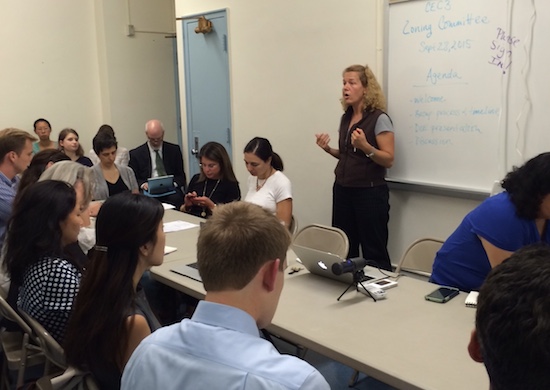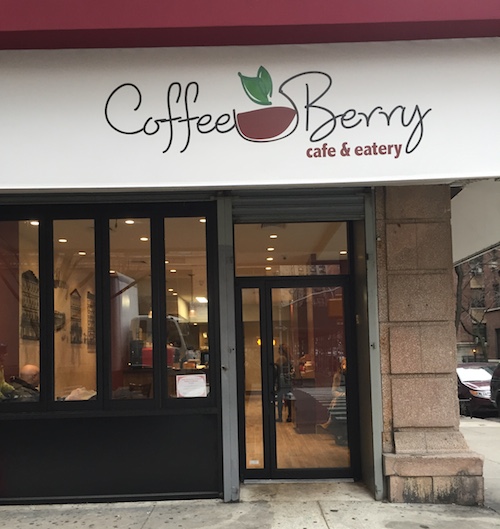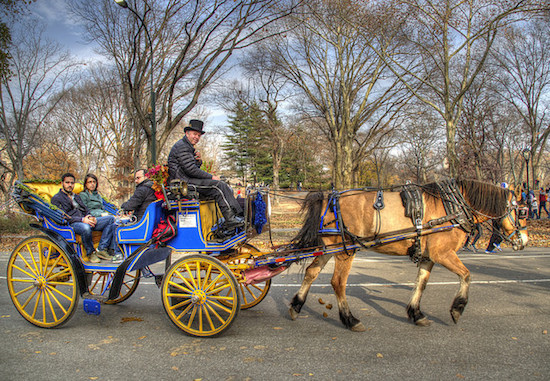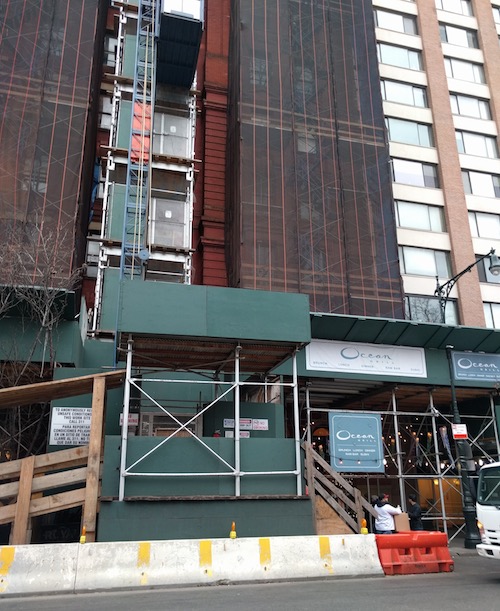
Kim Watkins presides over a previous meeting of the zoning committee.
By Jessica Brockington
The Department of Education’s attempt this fall to rezone schools in the Southern portion of the Upper West Side failed amid strong opposition from parents. Now CEC3, the Upper West Side version of a school board, wants to gather data and work with parents to find another solution to the problems of overcrowding and school segregation.
The CEC3 Zoning Committee, chaired by Kim Watkins, is seizing the moment to step back and “think more creatively and gather more data” to resolve the issues that will face children enrolling in kindergarten districtwide in 2017.
They’re developing a questionnaire/survey to establish guiding principles and to understand the factors most important to the diverse families in the district. The committee is hoping to enlist the Department of Education’s enormous reach into the pre-K population via email lists and Kindergarten Connect.
Some of the issues the committee has identified so far include: student outcomes, school quality review metrics, website reviews and neighborhood buzz, parent involvement in events and fundraising, proximity to home, diversity of students and teachers, programming options, safety. They want to gauge the relative importance of these issues before moving forward.
Additionally, in an effort to address what UCLA’s Civil Rights Project has called “intensely segregated schools” in District 3, the PTA of PS75 has requested that CEC form a working committee on Community-Controlled Choice, which could take into account factors like economic and racial diversity in determining where a student attends school, along with the student’s proximity to the school. This page explains more about the concept.
At the heart of the debate are two neighboring schools: the heavily waitlisted and top performing PS 199 on 70th street, and the underutilized and underperforming PS 191 on 61st and Amsterdam. PS 199 is mostly white; PS 191 mostly minority.
Recognizing that any solution to the disparities in these two schools would impact the rest of the district, Watkins outlined six possible outcomes developed this past fall:
1. CEC3 approves traditional school zones for PS 191, PS 199 and PS 342, which is under construction on 61st and West End Avenue and slated to open in 2018.
2. School shared zone. PS 342 opens as a shared zone with PS 191. And PS 199 has a distinct zone. This could include a lottery and quotas for admissions, and perhaps with controlled choice or localized control choice.
3. 191/342/199 Superzone with a random lottery and district-wide Controlled Choice.
4. Grade pairing with 199/342, split-site grade pairing and 199 on its own (split-site could mean that all the students in the 191-199-342 grades attend school together — one building holds K-2, another building holds 3-5, another building holds 6-8 and all children from the larger zone attend the schools).
5. 191/342/199 grade pairing.
6. Districtwide Controlled Choice.
The committee is hoping to schedule a panel discussion with experts from CEC1 and the Cambridge, Massachusetts school system, and DOE on Controlled-Choice on an evening in the last week of January or early February.
The next meeting of the Zoning Committee is scheduled for January 14 at 9 am at the Joan of Arc School, 154 West 93rd Street, Room 204.
Click here to read about one proposal from a local parent group that they think could foster more diversity in the school system.









Clearly CEC3 is vested in not diversifying PS 199. It hasn’t developed in a vacuum. That’s CEC3’s raison d’etre.
Always remember to have fun during political shennanigans.
How does ps 199, or any school, get to say everyone can’t come because they can only have 25 kids per k class and they need cluster rooms when other schools are overcrowded and put trailers in the schoolyard? Is this simply because the 199 parents are UMC and well connected and the overcrowded schools are LMC?
Anon,
I believe that PS 199 did not create the rule that limits pre-K class size to 25 kids per class. This rule, I believe, is a city-wide rule.
J, it is a citywide rule but it isn’t always followed.https://www.nydailynews.com/new-york/education/nyc-students-overcrowded-classes-study-article-1.2442810
Furthermore some schools have put trailers in the yards to accommodate more kids and 199 doesn’t have to do this. I’m happy for the kids at 199 that they don’t have to endure this but it seems unfair that schools aren’t treated equally.
Oh. Interesting.
As to a trailer option, my friend’s son was in a trailer extension in a school in Queens and my friend said it was okay. Certainly better than the alternatives.
The trailer in Queens, btw, was put there only in response to parents protesting that their kids could not go to their zoned school.
The DOB should get trailers for 199 until something more permanent can be developed.
there is no link to the local parent group proposal mentioned in the last paragraph.
Sorry, fixed it.
WSR
Kudos to CEC3 for taking the time and making the effort to try to find a good solution.
Is there a way to successfully blend a good school with a bad school? Is a workable solution – one that fixes the problems without completely destroying the good stuff – possible?
There’s a 7th option I’ve heard from multiple people that is not on this list. That is splitting Amsterdam Houses into 3 zones – a third go to 199, a third to 191 and a third to 342. That seems most fair to me – fair to the children as a whole and to the parents and community.
What do folks at the Amsterdam Houses think about that approach? Is that community part of these discussions?
Yes, Citizen!
I’m glad you spotted this omission.
I wonder why this 7th option isn’t on the list. Perhaps it’s not on the list because it’s too transparent, that is, it too clearly identifies the issue. The politicians would have no obfuscation behind which to hide.
How about anyone on CEC3 with a child at PS 191 or PS 199 recuse themselves from this process.
People with kids in 199 and 191 are exactly the type of people we want involved in this process. And we want other people from the community involved as well, of course, such as future parents of kids in these schools and parents of kids in neighboring schools.
What you’re suggesting is kinda like “people who live in the USA should not be allowed to vote or hold office in the USA.”
The lack of comments on this thread is surprising. Before the zoning decision, there were regularly 50-100 comments on each article. Perhaps now that people have their own kids settled for next year, they don’t care so much about what happens next? I hope that’s not true and I hope all UWSers stay involved on this important neighborhood issue.
Citizen,
I too am confused by the lack of talk. The thing is, kids aren’t settled for next year. If you have a child entering K zoned for PS 199 there’s a large probability you won’t get in. The only thing that’s settled for next year is that the people in the 100 zone this year have a chance at winning a seat.
I think people might be at a loss as to what to say and think. There are a lot of options on the table — six (and a seventh that should be on the table). It’s a bit overwhelming and confusing.
now you got it
How’d all that CEC3 Zoning Committee Kabuki work our for you then?
I’d like clear instructions on what, exactly, happens if my child is wait-listed for the K class of PS 199 in September 2016. What are all of my options at that point? We moved to NYC from out of state and moved into this area for two reasons: excellence of schools and proximity to my and my husband’s work. Now there is no guarantee that my child can go to the school that she is zoned for, and I have no idea what my other choices are.
The DOE is required to offer your daughter an alternate offer at a nearby D3 school. Most likely PS452. You can pre-register at 452 and remain on the k waitlist at PS199. The waitlist typically stays active until September.